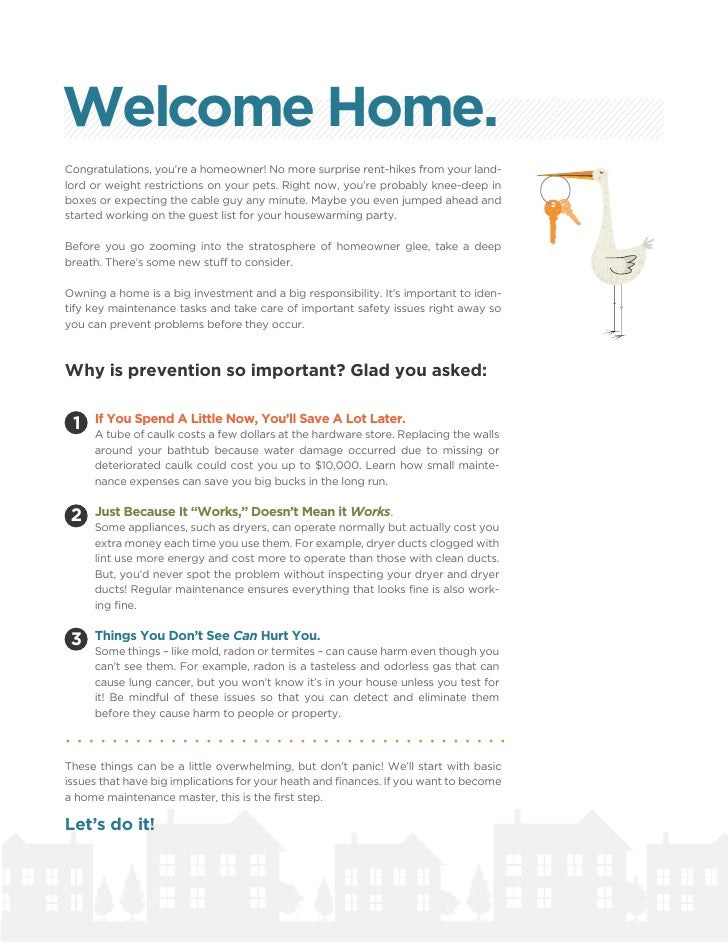Understanding the Complete Process of Roof Replacement: A Homeowner's …
페이지 정보
작성자 Elane 작성일 25-08-20 19:17 조회 2 댓글 0본문
Roof replacement is one of the most significant home improvement projects a homeowner will undertake. Your roof serves as the primary defense against the elements, protecting your home's structure and everything inside. When it begins to fail, addressing the issue promptly becomes crucial. This comprehensive guide will walk you through everything you need to know about roof replacement, from recognizing when it's necessary to understanding the process and making informed decisions.
Signs That You Need a Roof Replacement
Before diving into the replacement process, it's important to recognize when your roof has reached the end of its serviceable life. Here are key indicators that suggest replacement rather than repair:

- Age of the Roof: Most asphalt shingle roofs last 20-25 years, while metal, tile, and slate roofs can last significantly longer. If your roof is approaching or has exceeded its expected lifespan, replacement may be prudent.
- Curling or Buckling Shingles: When shingles begin to curl at the edges or buckle in the middle, they're no longer providing adequate protection.
- Missing Shingles: Extensive loss of shingles exposes your roof deck to moisture and damage.
- Granules in Gutters: Finding large amounts of granules from asphalt shingles in your gutters indicates advanced deterioration.
- Daylight Through Roof Boards: If you can see sunlight through your attic roof boards, you likely have both roofing and deck issues.
- Sagging Roof Deck: A sagging roof indicates structural problems that require immediate attention.
- Persistent Leaks: Recurring leaks despite repairs suggest systemic failure of the roofing system.
The Roof Replacement Process
1. Initial Assessment and Planning
The process begins with a thorough inspection by a qualified roofing contractor. They'll assess the current condition, identify underlying issues, and recommend appropriate solutions. This assessment should include:
- Examination of the entire roof surface
- Inspection of flashing around chimneys, vents, and other penetrations
- Assessment of the roof deck's condition
- Evaluation of attic ventilation
- Review of gutter systems
2. Material Selection
Choosing the right roofing material is critical for long-term satisfaction. Options include:
Asphalt Shingles: The most common choice due to affordability and ease of installation. Modern architectural shingles offer improved aesthetics and durability compared to traditional three-tab varieties.
Metal Roofing: Available in panels or shingles, metal roofs offer exceptional longevity (40-70 years), energy efficiency, and resistance to extreme weather.
Tile and Slate: These premium materials provide distinctive aesthetics and extraordinary durability (50-100+ years) but require substantial structural support due to their weight.
Synthetic Roofing Products: Newer options that mimic the appearance of natural materials while offering improved performance characteristics.
Your selection should balance budget considerations with performance requirements, aesthetic preferences, and climate conditions.
3. Preparation and Tear-Off
Once materials are selected and scheduled, preparation begins:
- The contractor will protect landscaping, siding, and windows with tarps
- A dumpster will be positioned for debris disposal
- The existing roofing material will be completely removed down to the deck
- The exposed deck will be inspected for damage, with any compromised sections replaced
4. Roof Deck Preparation
With the old roofing removed, the deck must be properly prepared:
- Replacement of any rotted, damaged, or weak sections of decking
- Installation of drip edge along roof perimeters to direct water into gutters
- Application of ice and water shield in valleys and along eaves (particularly important in cold climates)
- Installation of underlayment across the entire roof surface
5. Installation of New Roofing
The installation process varies by material but generally follows these steps:
- Starter strips are installed along the eaves
- Roofing material is applied from bottom to top, with proper overlapping
- Valleys, ridges, and hips receive special treatment
- Flashing is installed around all roof penetrations
- Ridge vents or other ventilation systems are incorporated
- Final trim and detail work completes the installation
6. Cleanup and Final Inspection
After installation, the contractor should:
- Remove all debris from the property
- Use magnetic tools to collect nails and metal fragments
- Inspect gutters and downspouts for debris
- Conduct a final quality inspection
- Review the installation with the homeowner
Cost Considerations
Roof replacement represents a significant investment, with costs influenced by:

- Size and Complexity: Larger roofs with multiple planes, steep pitches, or numerous penetrations cost more.
- Material Choice: Prices range dramatically from basic asphalt shingles ($3-5 per square foot installed) to premium materials like slate ($15-25 per square foot installed).
- Underlying Damage: Extensive deck repair adds to the overall cost.
- Geographic Location: Labor rates vary significantly by region.
- Accessibility: Difficult access increases labor costs.
Maximizing Your Investment
To get the most from your roof replacement:
- Choose a Qualified Contractor: Verify licensing, insurance, and references. Experience with your specific roofing material is essential.
- Understand Your Warranty: Most roofing systems include both manufacturer warranties (covering materials) and workmanship warranties (covering installation). Know what's covered and for how long.
- Consider Timing: While emergency replacements can't be scheduled, planned replacements during off-peak seasons may result in better pricing and availability.
- Address Ventilation: Proper attic ventilation extends roof life by reducing heat and moisture buildup. If you enjoyed this article and you would such as to obtain additional facts relating to Local Pro Tips kindly see the web-site. Ensure your new roof includes appropriate ventilation solutions.
- Think Long-Term: Investing in higher-quality materials often pays dividends through extended service life and reduced maintenance.
Conclusion
Roof replacement, while disruptive and expensive, represents an opportunity to significantly improve your home's protection, efficiency, and appearance. By understanding the process, making informed material choices, and selecting qualified professionals, you can ensure a successful project that provides decades of reliable service. Remember that your roof is not merely a cosmetic feature but your home's primary defense system—investing wisely in its replacement will protect everything beneath it for years to come.
- 이전글 Unbiased Article Reveals 6 New Things About Online Texas Holdem That Nobody Is Talking About
- 다음글 10 Things Everyone Hates About Buy A Driver's License Legally – Experiences
댓글목록 0
등록된 댓글이 없습니다.



